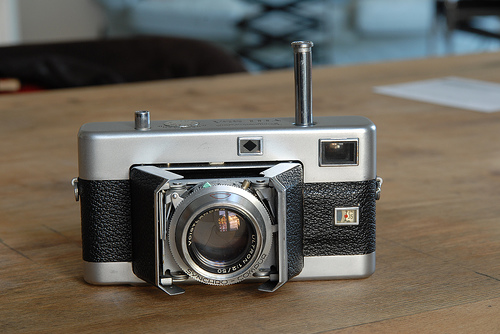Dave Maciak
No longer a newbie, moving up!
- Joined
- Jul 9, 2020
- Messages
- 345
- Reaction score
- 157
- Can others edit my Photos
- Photos OK to edit
As written in the responses, know this--models of the Fuji camera come with either OVF or EVF. Called "hybrid" so you have a choice. Look through the lens or optical viewfinder. I use this feature on one of my Fuji rigs. Nice to have choices, As one poster stated, using the OVF one can see what's going on outside of the image area. I consider an advantage--but that's just me.What is main difference Rangefinder vs. SLR Cameras
Last edited:




![[No title]](/data/xfmg/thumbnail/39/39438-1eb8b5f82b59d9d0c72ae9025778ed4c.jpg?1734173528)


![[No title]](/data/xfmg/thumbnail/31/31752-fcbc5aa4a94154b9c273592aa37b8b1e.jpg?1734160472)
![[No title]](/data/xfmg/thumbnail/37/37618-4cd08d553e4ce30fd49570b1ba8259f2.jpg?1734170743)

![[No title]](/data/xfmg/thumbnail/34/34081-b60dc01a4635d409083c1fbe16b8fb95.jpg?1734164516)




![[No title]](/data/xfmg/thumbnail/39/39439-d0a6beaaf39993860b74ccbd81fdd122.jpg?1734173529)